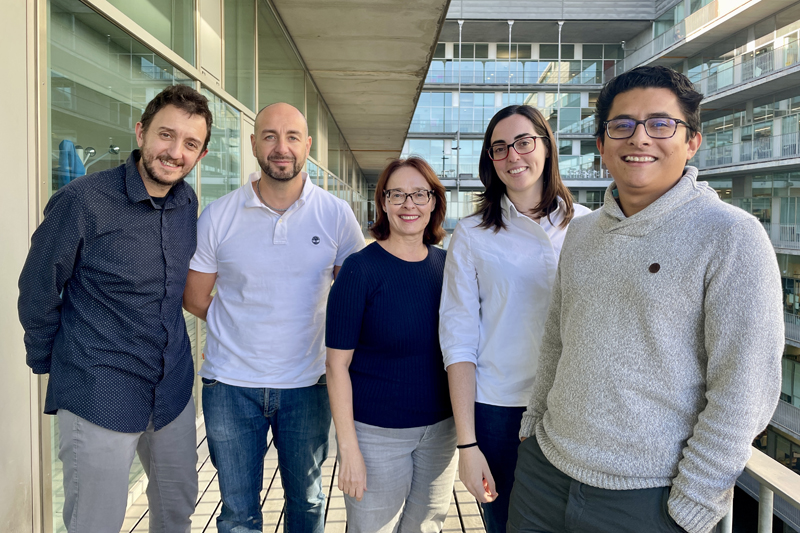 Bioinformatics Unit
Bioinformatics Unit
Bioinformatics Unit
Overview
The Bioinformatics Unit supports researchers at CRG, PRBB, and beyond with high-throughput sequencing data analysis, experimental planning, and bioinformatics solutions that foster reproducible research, as well as training to disseminate good practices.
For more information please access the Unit website at http://biocore.crg.eu and/or take the virtual tour HERE.
Julia Ponomarenko CV
2015 - Head of the Bioinformatics Unit, Centre for Genomic Regulation, Barcelona, Spain
2008 - 2015 Group Leader, San Diego Supercomputer Center, University of California San Diego, USA
2004 - 2008 Senior Research Scientist, San Diego Supercomputer Center, University of California San Diego, USA
2002 - 2004 Project Scientist, San Diego Supercomputer Center, University of California San Diego, USA
2002 PhD in Biology, Institute of Cytology and Genetics, Novosibirsk, Russia
How to access
All services and equipment offered by the Bioinformatics Unit are accessible by the web platform AGENDO.
You can access to AGENDO in the following link: https://crg.agendoscience.com/
Service Prices
Services
- Consultation on bioinformatics methods and resources, experimental design and budgeting, grant proposal development, bioinformatics and statistical data analysis, usage of high-performance computing resources at CRG.
- Bioinformatics training (in person and via internal and external courses).
- Analysis of high-throughput (epi)genomic, (epi)transcriptomic and metagenomic sequencing data (NGS, single cell, long reads).
In addition to services provided for fee, we support fully collaborative grant-funded investigations. This includes preliminary data analysis, planning the grant budget and experiments provided by the CRG Core facility, writing the grant, data analysis and biological inference, custom software development, and co-authored dissemination of the grant results.
For more information and service fees please access the Unit website at http://biocore.crg.eu
For specifics on procedures and deliverables please contact the Unit at BioinformaticsUnit@crg.eu
To request a service or to propose a collaborative project please contact the Unit head at julia.ponomarenko@crg.eu






